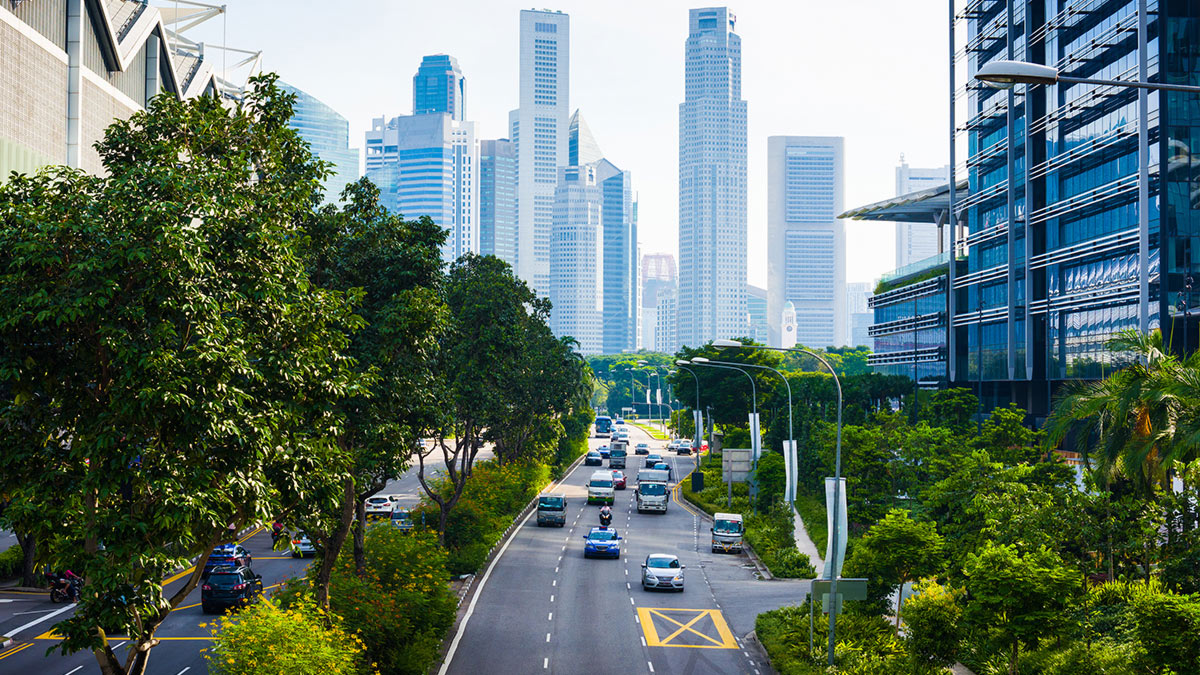Pay as you Drive

Traffic congestion is a problem in almost every city in almost every country in the world; it is a truly global affliction. And despite seemingly endless incentives designed to lure people away from their cars and onto bikes, buses and trains, the problem continues to get worse.
Seven out of the top ten most congested cities in the world have seen overall congestion levels increase in the last year: Mexico City, which topped the ranking, saw a 7% rise, while traffic jams in Chongquing, China, rose by 14%. Only Istanbul managed a decrease in congestion and even then only by 1%.
Which all helps to explain why authorities are looking for new ways of tackling the problem. One approach which is showing promise when it comes to prizing people out of their cars is ‘pay as you drive’ or Electronic Road Pricing (ERP).
ERP is becoming increasingly popular in some of the world’s most congested cities with motorists charged for using busy roads during peak traffic hours. Rates vary for different roads and time periods depending on local traffic conditions, and the evidence shows that whenever drivers have to pay, they are much more likely to stay away.
Keep It Moving
Singapore ranked 55th in the 2017 Traffic Index and even with a 3% increase in congestion year on year, is doing better than many of its Asian neighbors - Bangkok (61%) and Jakarta (58%) were named the second and third most congested cities globally.
Singapore’s exemplary performance owes a lot to its ERP scheme. Launched in 1998, it reduced traffic in the central business district by 45% almost immediately. Faster journey times and a 25% declinein car crashes were two of the significant benefits.
The scheme currently uses gantry-mounted electronic readers which communicate with payment terminals in cars. From 2020, Singapore’s road authority will introduce satellite technology to further manage congestion.
The new system, developed by Mitsubishi Heavy Industries and partners, NCS, will use in-car GPS units to work out where the vehicle is and what the driver should be charged. This will remove the need for gantries and is also expected to improve tracking and pricing.
A Growing Phenomenon
Singapore was an early adopter with its ‘pay as you drive’ scheme, but others soon followed.
Stockholm has been operating a pricing system since 2006. The city charges motorists for entering the central city during core hours on weekdays. Buses, taxis, eco-fuel cars and emergency vehicles are exempt.
In the first two years of operation, traffic volumes fell by a quarter – equivalent to 1 million fewer vehicles entering the city each day. Sweden’s second city, Gothenburg, has since followed suit.
In North America, Minneapolis operates toll lanes on several roads in and out of the city. Vehicles with multiple passengers and buses can use these for free but driver-only cars have to pay for access.
Canada’s major cities are heading the same way. Toronto already has a pricing system in place and Vancouver is in the process of setting up a commission to explore ‘mobility pricing’.
In Southeast Asia, Manila is devising a road pricing scheme with the help of Singapore. The capital of the Philippines is said to be among the most heavily congested cities in the world, and the country’s government recently sought emergency powers to tackle its worsening gridlock.

Here For Good
With over half of the world population living in cities and a further three million moving to urban areas every week, the UN estimates that two-thirds of the world population will live in cities in 2050.
That means the pressure on the transport systems will continue to increase too. With pay as you drive proving itself to be the most effective way of reducing gridlock, we can expect to see much, much more of it.





